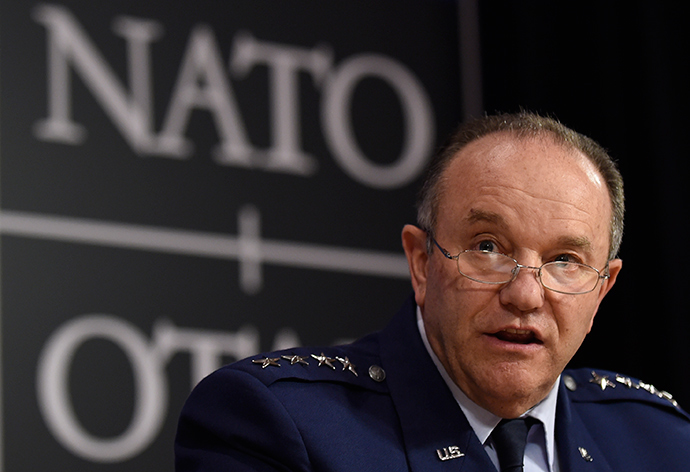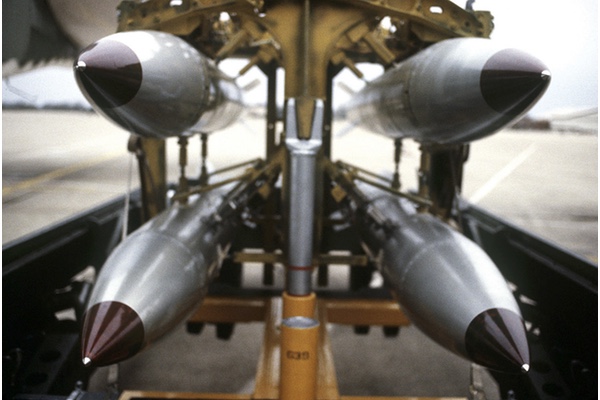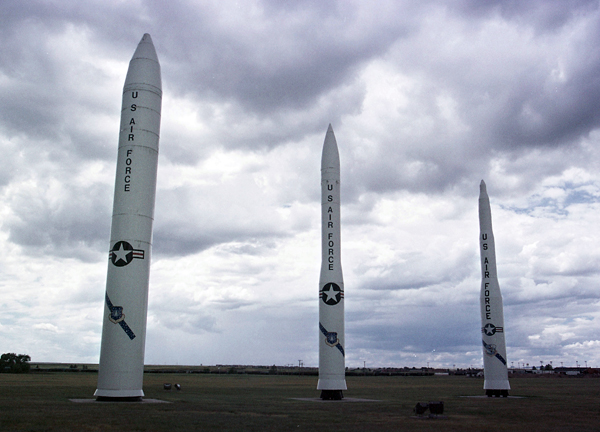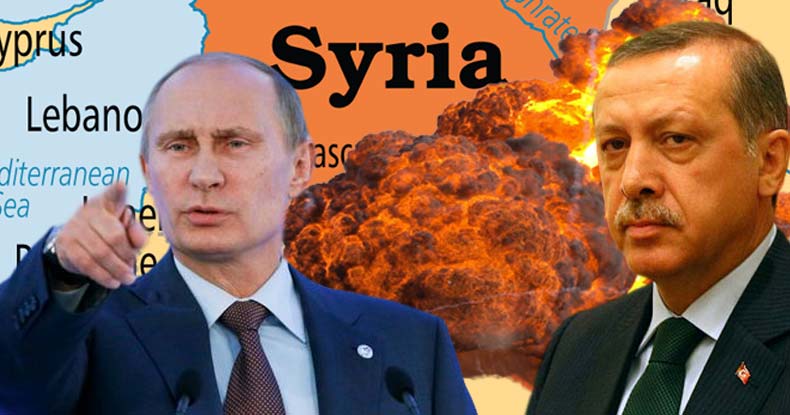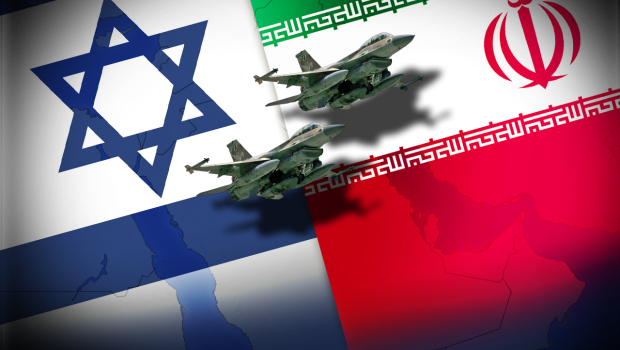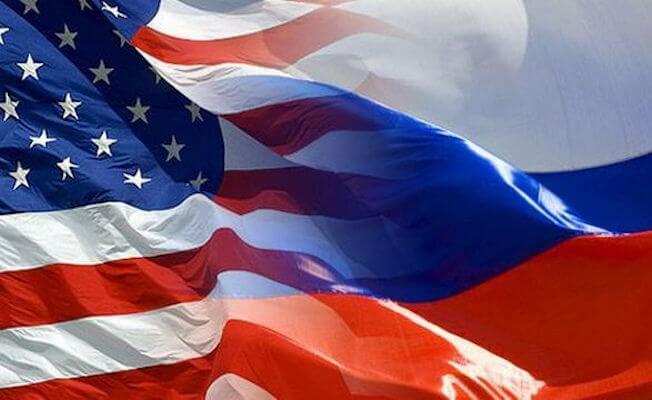By RON UNZ
Several years ago, my articles advocating a large hike in the minimum wage caught the attention of James Galbraith, the prominent liberal economist, and we became a little friendly. As president of Economists for Peace and Security, he invited me to speak on those issues at his DC conference in late 2013. And after the presentations, he arranged a meeting with a friend of his, influential in DC political circles, at which the two of us could present my minimum wage proposals.
While we were waiting for the taxi to take us to that meeting, I heard him quietly discussing a few other matters with a friend standing next to him. Phrases such as “attacking Russia,” “a nuclear first strike,” and “Kennedy and the Joint Chiefs” came to my ears. I can’t recall the exact words, but the conversation stuck in my mind both at the time and on my later flight home that evening, and although I hadn’t mentioned anything, I wondered what remarkable historical facts he had been discussing. His father, the legendary economist John Kenneth Galbraith, had spent decades as one of America’s most prominent public intellectuals and was a very influential figure in the Kennedy Administration, so I assumed that he was not merely engaging in casual speculation.
Finally, a week or two later, my curiosity got the better of me, and I dropped him a note, gingerly raising the topic I’d accidentally overheard. I suggested that if he possessed any private information regarding so astonishing a possibility—that the Kennedy Administration might have considered a nuclear first strike against the USSR—perhaps he had a duty to bring the facts to public awareness lest they be lost to history.
He replied that he’d indeed found persuasive evidence that the US military had carefully planned a nuclear first strike against the Soviet Union in the early 1960s, and agreed about the historical importance. But he’d already published an article laying out the case. Twenty years earlier. In The American Prospect, a very respectable though liberal-leaning magazine. So I located a copy on the Internet:
- Did the U.S. Military Plan a Nuclear First Strike for 1963?
Heather A. Purcell and James K. Galbraith, The American Prospect, Fall 1994
I quickly read the article and was stunned. The central document was a Top Secret/Eyes Only summary memo of a July 1961 National Security Council meeting written by Howard Burris, the military aide to then-Vice President Lyndon Johnson, which was afterward deposited in the Johnson Archives and eventually declassified. The discussion focused on the effectiveness of a planned nuclear first strike, suggesting that 1963 would be the optimal date since America’s relative advantage in intercontinental nuclear missiles would be greatest at that point. Galbraith’s student, Heather A. Purcell, had discovered the memo and co-authored the article with him, and as they pointed out, this meeting was held soon after the US military had discovered that the Soviet missile forces were far weaker than previously had been realized, leading to the plans for the proposed attack and also proving that the first strike under discussion could only have been an American one.
This history was quite different from the deterrent-based framework of American nuclear-war strategy that I had always absorbed from reading my textbooks and newspapers.
Obviously no nuclear attack took place, so the plans must have been changed at some point or discarded, and there were various indications that President Kennedy had had important doubts from the very beginning. But the argument made was that at the time, the first strike proposal was taken very seriously by America’s top political and military leadership. Once we accept that idea, other historical puzzles more easily fall into place.
Consider, for example, the massive campaign of “civil defense” that America launched immediately thereafter, leading to the construction of large numbers of fallout shelters throughout the country, including the backyard suburban ones which generated some famous ironic images. Although I’m hardly an expert on nuclear war, the motivation had never made much sense to me, since in most cases the supplies would only have been sufficient to last a few weeks or so, while the deadly radioactive fallout from numerous Soviet thermonuclear strikes on our urban centers would have been long-lasting. But an American first strike changes this picture. A successful U.S. attack would have ensured that few if any bombs fell on American soil, with the shelters intended merely to provide a couple of weeks of useful protection until the global radioactive dust-clouds resulting from the nuclear destruction of the Soviet Union had dissipated, and these anyway would have only reached America in highly attenuated form.
Furthermore, we must reassess the background to the 1962 Cuban Missile Crisis, certainly one of the most important and dangerous events of that era. If Soviet military analysts had reached conclusions similar to those of their American counterparts, it is hardly surprising that their political leaders would have taken the considerable risk of deploying nuclear warheads on intermediate range missiles close to American cities, thereby greatly multiplying their deterrent capability immediately prior to their point of greatest strategic vulnerability. And there was also the real possibility that their intelligence agents might have somehow gotten hints of the American plans for an actual nuclear first strike. The traditional view presented in the American media has always been that an unprovoked American attack was simply unimaginable, any Soviet paranoia notwithstanding, but if such an attack was not only imagined but actually planned, then our Cold War narrative must be significantly modified. Indeed, perhaps important aspects of the superpower confrontations of that era should be completely inverted.
Could such a momentous historical discovery have been so totally ignored by our mainstream journalists and historians that I’d never heard of it during the previous twenty years? Gossipy rumors of an additional JFK infidelity might periodically make the headlines, but why was there no discussion of serious plans to launch a non-defensive global thermonuclear war likely to kill many millions?
I have limited expertise in either analyzing nuclear warfare strategy or interpreting national security documents, so I could easily be making an error in evaluating the strength of the case. But in a later issue of TAP, William Burr and David Alan Rosenberg, scholars proficient in exactly those areas, published a lengthy rebuttal to the article, followed by a rejoinder from Galbraith and Purcell. And in my own opinion, the Burr/Rosenberg critique was quite unpersuasive.
- Correspondence: Nuclear Scare
William Burr, David Alan Rosenberg, James K. Galbraith, Heather A. Purcell, The American Prospect, Spring 1995
In their arguments, they emphasized that the key document was found in the Vice Presidential archives, while the National Archives and those of President Kennedy himself are usually a far better source of important material. But perhaps that’s exactly the point. The authenticity of the Burris document was never disputed, and Burr/Rosenberg cite absolutely no contradictory archival material, implying that the documentary evidence was not available to them. So the materials dealing with such an extraordinarily explosive proposal had either elsewhere not been declassified or might even have been removed from the main archives, with only the less direct Burris summary memo in a secondary location surviving the purge and later being declassified, perhaps because its treatment of the subject was much less explicit.
Meanwhile, a careful reading of the Burris memo seems to strongly support the Galbraith/Purcell interpretation, namely that in July 1961 President Kennedy and his top national security officials discussed cold-blooded plans for a full nuclear attack against the Soviet Union in roughly two years’ time, when the relative imbalance of strategic forces would be at its maximum. The proposal seemed quite concrete, rather than merely being one of the numerous hypotheticals endlessly produced by all military organizations.
In a later footnote, Galbraith even mentioned that he subsequently had his interpretation personally confirmed by Kennedy’s former National Security Advisor: “When once I asked the late Walt Rostow if he knew anything about the National Security Council meeting of July 20, 1961 (at which these plans were presented), he responded with no hesitation: `Do you mean the one where they wanted to blow up the world?’”
Once I accepted the reasonable likelihood of the analysis, I was shocked at how little attention the remarkable article had received. When I simply Googled the names of the authors “Galbraith Heather Purcell” I mostly discovered very brief mentions scattered here and there, generally in specialized books or in articles written by Galbraith himself, and found absolutely nothing in the major media. Possibly one of the most important revisions to our entire history of the Cold War—with huge implications for the Cuban Missile Crisis—seems to have never achieved any significant public awareness.
And there is also a sequel on this same topic. In 2001 military affairs writer Fred Kaplan published a major article in The Atlantic with the explicit title “JFK’s First-Strike Plan.” Drawing on a wealth of newly declassified archival documents, he similarly described how the Kennedy Administration had prepared plans for a nuclear first strike against the Soviets. His analysis was somewhat different, suggesting that Kennedy himself had generally approved the proposal, but that the attack was intended as an option to be used during a hypothetical future military confrontation rather than being aimed for a particular scheduled date.
- JFK’s First-Strike Plan
Fred Kaplan, The Atlantic, October 2001
The government plans unearthed by Kaplan are clearly referring to the same strategy discussed in the Burris memo, but since Kaplan provides none of the documents themselves, it is difficult to determine whether or not the evidence is consistent with the somewhat different Galbraith/Purcell interpretation. It is also decidedly odd that Kaplan’s long article gives no indication that he was even aware of that previous theory or its differing conclusions, containing not a single sentence mentioning or dismissing it. I find it very difficult to believe that a specialist such as Kaplan remained totally unaware of the earlier TAP analysis, but perhaps this might possibly be explained given the near-total media blackout. Prior to the establishment of the Internet or even in its early days, important information ignored by the media might easily vanish almost without a trace.
Kaplan’s long article seems to have suffered that similar fate. Aside from a few mentions in some of Kaplan’s own later pieces, I found virtually no references at all in the last 15 years when I casually Googled it. Admittedly, the timing could not have been worse, with the article appearing in the October 2001 edition of the magazine, released in the immediate aftermath of the 9/11 attacks, but the silence is still troubling.
The unfortunate fact is that when a massively important story is reported only once, with virtually no follow-up, the impact may be minimal. Only a small slice of the public encounters that initial account, and the lack of any repetition would eventually lead even those individuals to forget it, or perhaps even vaguely assume that the subsequent silence implied that the claims had been mistaken or later debunked. Every standard historical narrative of the 1960s that continues to exclude mention of serious plans for an American nuclear first strike constitutes a tacit denial of that important reality, implicitly suggesting that the evidence does not exist or had been discredited. As a consequence, I doubt whether more than a sliver of those seemingly informed Americans who carefully read the NYT and WSJ each morning are aware of these important historical facts, and perhaps the same is even true of the journalists who write for those esteemed publications. Only repetition and continuing coverage gradually incorporates a story into our framework of the past.
It is easy to imagine how things might have gone differently. Suppose, for example, that similarly solid evidence of plans for a devastating and unprovoked nuclear attack on the Soviet Union had been found in the archival records of the presidential administrations of Richard Nixon or Ronald Reagan. Is there not a far greater likelihood that the story have been heavily covered and then endlessly repeated in our media outlets, until it had become full embedded in our standard histories and was known to every informed citizen?
In some respects, these discussions of events from over a half-century ago have little relevance for us today: the individuals involved are now all merely names in our history books and the world is a very different place. So although the sharp differences between the Galbraith/Purcell analysis and that of Kaplan might engage academic specialists, the practical differences would today be minimal.
But what has enormous significance is the media silence itself. If our media failed to report these shocking new facts about the early 1960s, how much can we rely upon it for coverage of present-day events of enormous importance, given the vastly more immediate pressures and political interests which are surely brought to bear? If our mainstream histories of what happened fifty years ago are highly unreliable, what does that suggest about the stories we read each morning concerning the ongoing conflicts in Ukraine or the South China Sea or the Middle East?
Consider a particularly troubling thought-experiment. Suppose that the proposed nuclear attack on Russia had actually gone ahead, resulting in millions or tens of millions dead from the bombs and worldwide radioactive fallout, perhaps even including a million or more American casualties if the first strike had failed to entirely eliminate all retaliatory capability. Under such a dire scenario, is it not likely that every American media organ would have been immediately enlisted to sanitize and justify the terrible events, with virtually no dissent allowed? Surely John F. Kennedy would have been enshrined as our most heroic wartime president—greater than Lincoln and FDR combined—the leader who boldly saved the West from an imminent Soviet attack, a catastrophic nuclear Pearl Harbor. How could our government ever admit the truth? Even decades later, this patriotic historical narrative, uniformly endorsed by newspapers, books, films, and television, would have become almost unassailable. Only the most marginal and anti-social individuals would dare to suggest that the facts might actually have been otherwise, and they would be widely regarded as eccentric or even mentally ill for doing so. After all, how would the general public know anything different? As I always tell people, the media creates reality.
I am grateful that the world escaped this terrible nuclear disaster. But I find it disturbing that I spent decades religiously reading The New York Times every morning, but only discovered this crucial element of the Cold War by overhearing a conversation while waiting for a taxi.
For Further Reading:
Postscript:
Prof. James Galbraith has now provided a note, clarifying his own views on the issues discussed in this article:
